Xiaomi 13 Pro is the first Leica-branded camera smartphone from Xiaomi in India brings the company’s newly-established camera chops to our shores, along with the high-level performance that you’d expect from a flagship Android. This is also one of the first smartphones to come with a 1-inch type camera sensor, and the images are a great reflection of how that makes a difference.
The flagship battle of 2023 is on. Samsung, OnePlus, and iQOO have launched their big guns for the year and now it's Xiaomi’s turn. Xiaomi has launched the Xiaomi 13 Pro in India, the company’s first smartphone in the country to boast cameras tuned by German camera maker Leica. Apart from the cameras, the Xiaomi 13 Pro is your typical Android flagship. You get bleeding edge specs like a Qualcomm Snapdragon 8 Gen 2 SoC with the latest LPDDR5X RAM and UFS 4.0 storage standards, a premium LTPO AMOLED display, and much more.
The highlight of the Xiaomi 13 Pro is the Leica “co-engineered” camera setup, which boasts a 1-inch type Sony IMX989 primary sensor, and some very cool camera tech (more on that later). The Xiaomi 13 Pro also introduces a new design language from Xiaomi, with a square camera module that sits on the top left corner of the ceramic back panel.
So the smartphone looks and feels good in your hands, but how good is this Android flagship offering in real life? Let’s find out.
Xiaomi 13 Pro review: DesignThe design of the Xiaomi 13 Pro is good. From the moment you hold the smartphone in your hand, you get a very premium and high-quality in-hand feel. The size is also nice and compact. The Xiaomi 13 Pro isn’t huge like some of its competitors, and on-hand usage on the smartphone is very much possible. The Xiaomi 13 Pro also feels dense in the hands. It is heavy at 229 grams, but the weight distribution is good so the smartphone doesn’t feel oddly heavy in your hands initially. However, holding the smartphone for longer periods of time will make you feel the weight. I tried watching videos on the Xiaomi 13 Pro, and after about 15 minutes, the smartphone started feeling quite heavy and I wasn’t able to hold it by one hand after watching videos for more than 30 minutes.
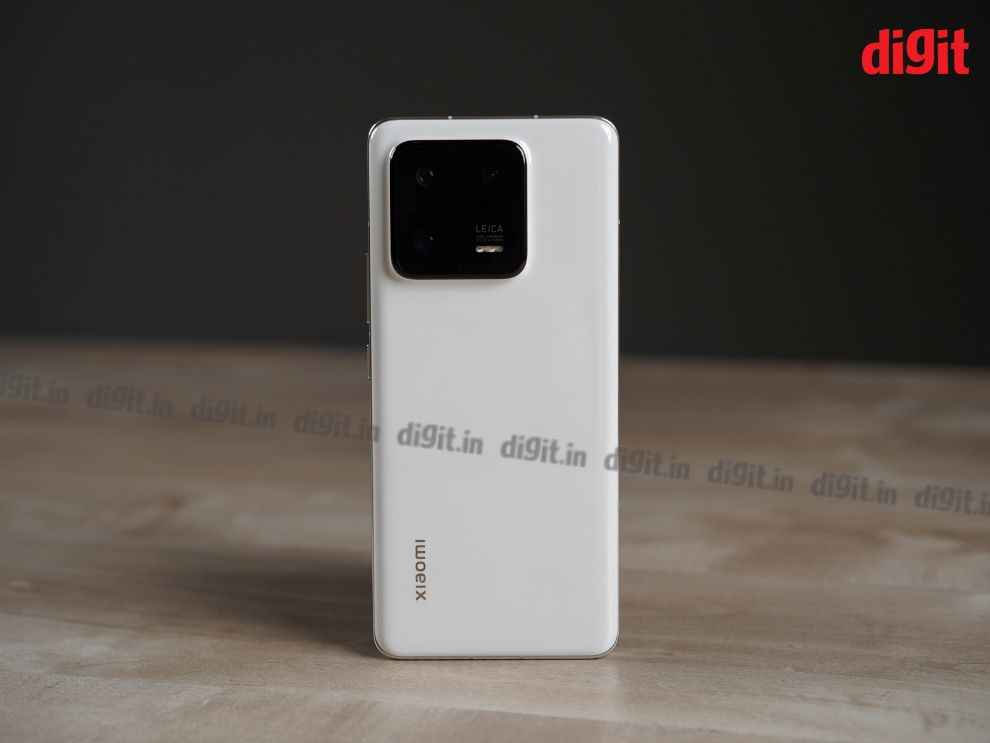
Coming to how it looks, up front the smartphone has a curved display with a hole-punch orientation. There is a noticeable 2mm chin, but you mostly ignore that since there are no bezels due to the curved screen layout which gives it a premium look. At the back, Xiaomi has changed things. There is a black square-shaped camera module on the top left corner of the back panel. We got the white colour for the review, and the black camera module goes very well, giving it a “Panda” colour scheme. Looks very good. The camera module, however, is too thick, making the smartphone slant up while sitting on a flat surface. While watching videos or gaming also, the camera module intrudes with your grip.
This time around Xiaomi has put a ceramic back panel on the Xiaomi 13 Pro, which is a harder material than glass. The ceramic back panel also enhances the in-hand feel of the smartphone, but the gloss finish that comes with it is a bit of a fingerprint magnet.
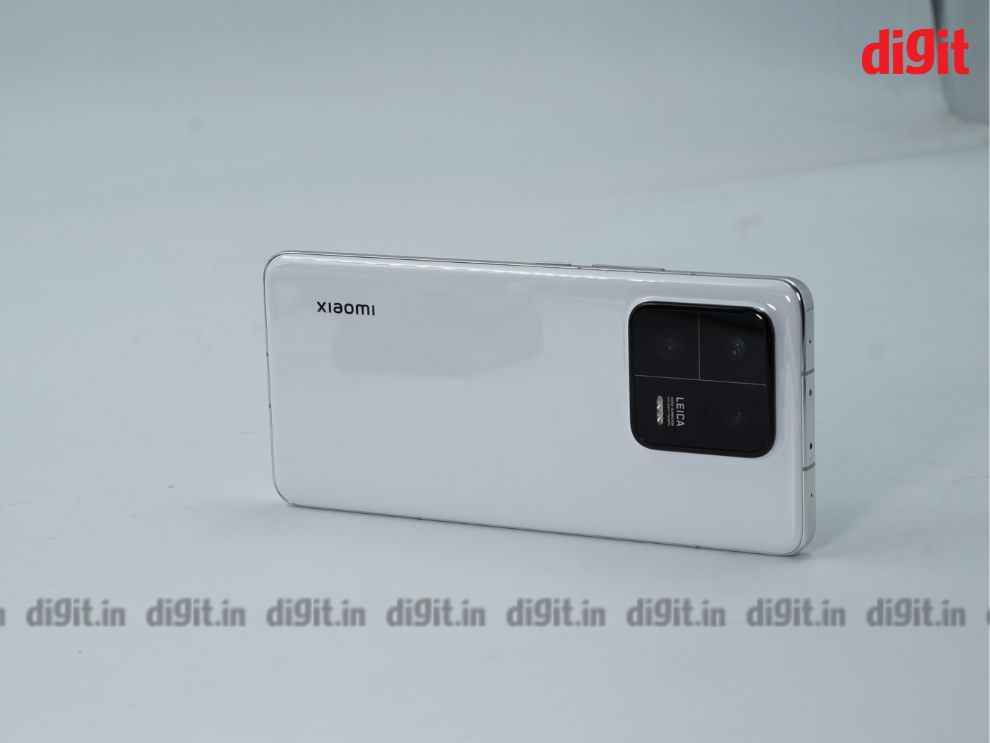
Overall, the smartphone looks very good and premium, but the design could have been given a bit more thought. The camera module is a bit too thick, and the smartphone is very heavy. While you don’t feel the weight initially due to the good weight distribution, prolonged usage makes things quite uncomfortable.
Xiaomi 13 Pro review: DisplayComing to the display, the Xiaomi 13 Pro uses a 6.73-inch curved 10-bit LTPO AMOLED display with a 2K resolution and 120Hz refresh rate, along with up to 1900 nits of claimed peak brightness. We also get Corning Gorilla Glass Victus protection for scratches, along with support for HDR10+ and Dolby Vision. Premium flagship stuff.
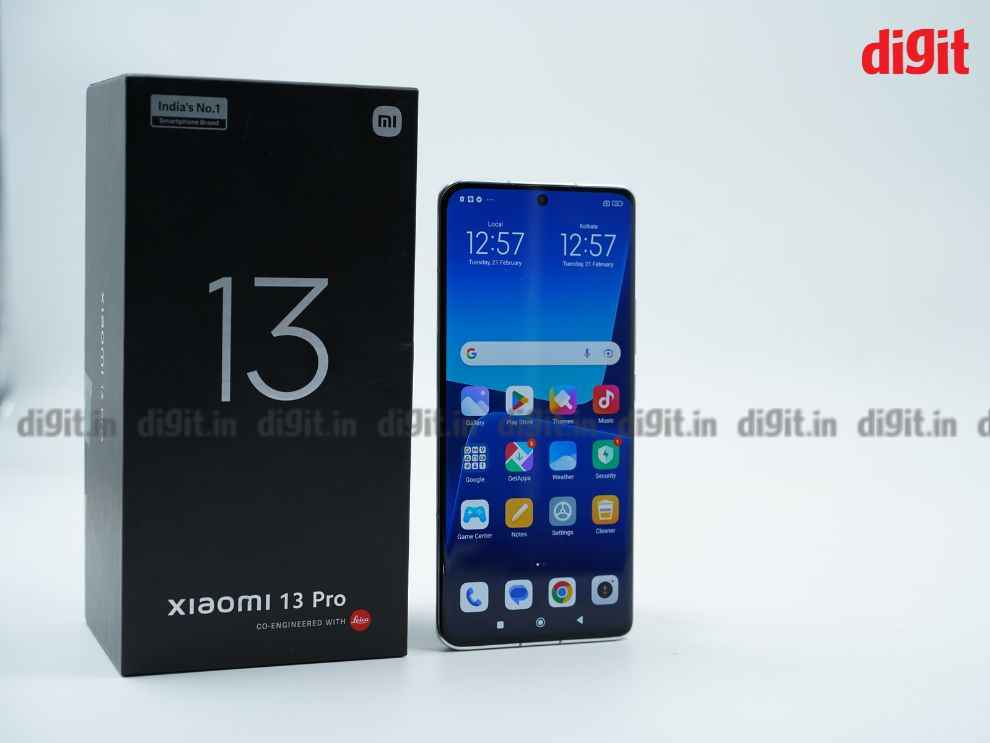
Coming to usage, Xiaomi has given three colour profiles for the 13 Pro. These include ‘Natural, Vivid, and Saturated.’ In the natural and vivid settings, the colours feel slightly flat, as compared to the competition. In the saturated setting, as expected, the colours are more vibrant and you get more contrast, bringing it more in line with the likes of Samsung and iQOO displays. Now, the flat colour tone in the first two colour profiles is not entirely a bad thing since it gives this display some range or variation, depending on the user’s preference.
The colour accuracy is great, we get an AMOLED panel, which means the blacks are deeper and reds are more vibrant. This display also offers a good dynamic range, and with Dolby Atmos and HDR10+ support, the details while watching HD content are also excellent. You get to experience HDR content on Netflix and Amazon Prime, so that is great. The details are otherwise within the UI and while gaming is also quite sharp, there are no rough edges or any kind of distortion. The 120Hz refresh rate with the LTPO panel also works seamlessly and the display feels slick and snappy throughout.
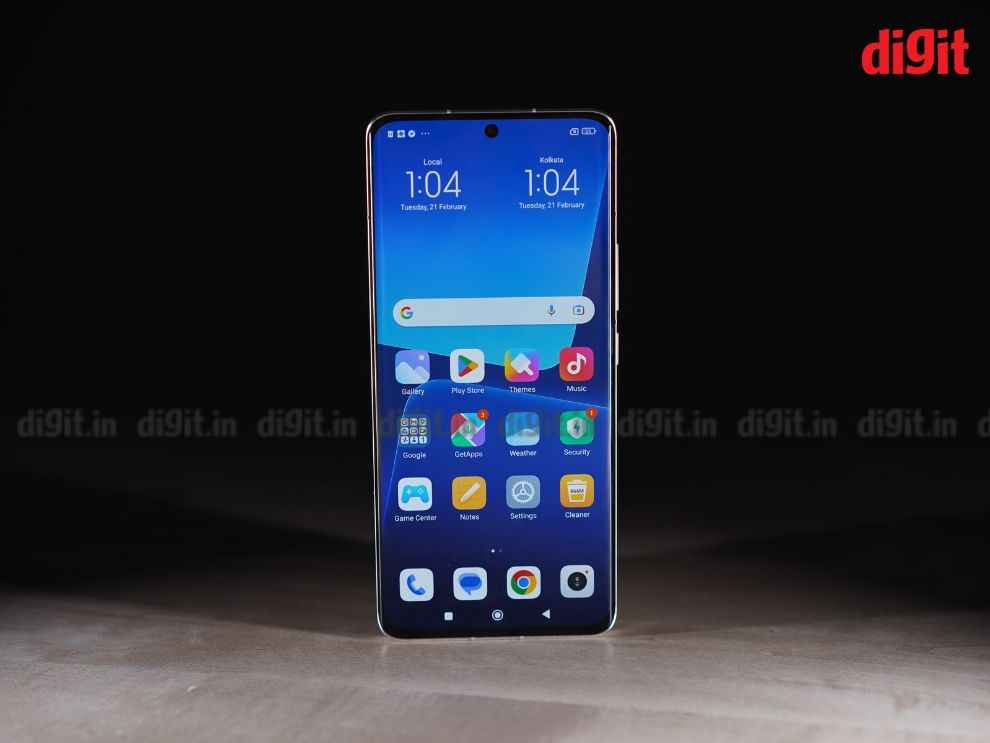
We also ran a Calman test on the Xiaomi 13 Pro display and the results were very good. The display showed an average Gamma of 2.214 in Greyscale, so that is very good. This basically means that the RGB balance on this display is good. Further, the average colour temperature came out to be 6578, which means that the colours are super accurate, which is again great. In grayscale, the Delta error came out to be 2, which is good for a smartphone display. Surprisingly, the primary and secondary colours showed almost no error, meaning that this is as good as a display could get. The average Delta E was 1.74, while the max Delta E was 2.5. A max Delta E under 3 is considered solid for smartphones, so this is brilliant.
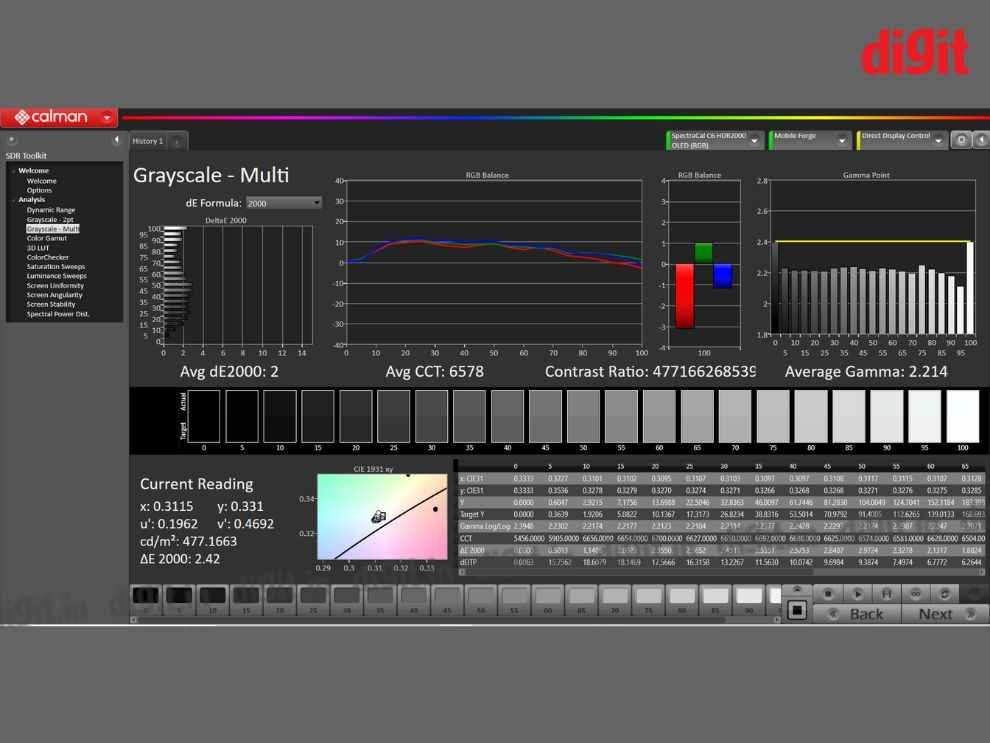
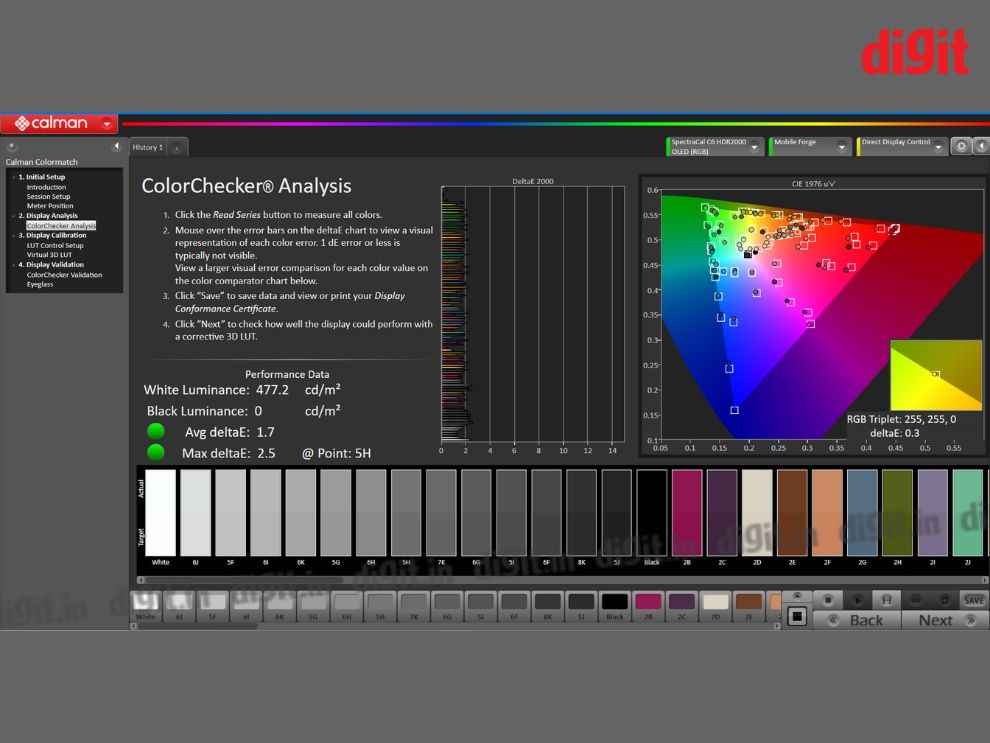
Now, while Xiaomi claims that this is the “brightest display ever” on a smartphone with a peak brightness of 1900 nits, our tests showed results far from these claims. In our Lux Meter test, the display showed a maximum luminance of 968 nits and a minimum luminance of 11 nits. That is far from the brand’s claim of 1900 nits. This, however, does not mean that the display has issues with visibility. The sunlight visibility is on point, never did I experience any drop in either the display sharpness or visibility while using it under the bright sun.
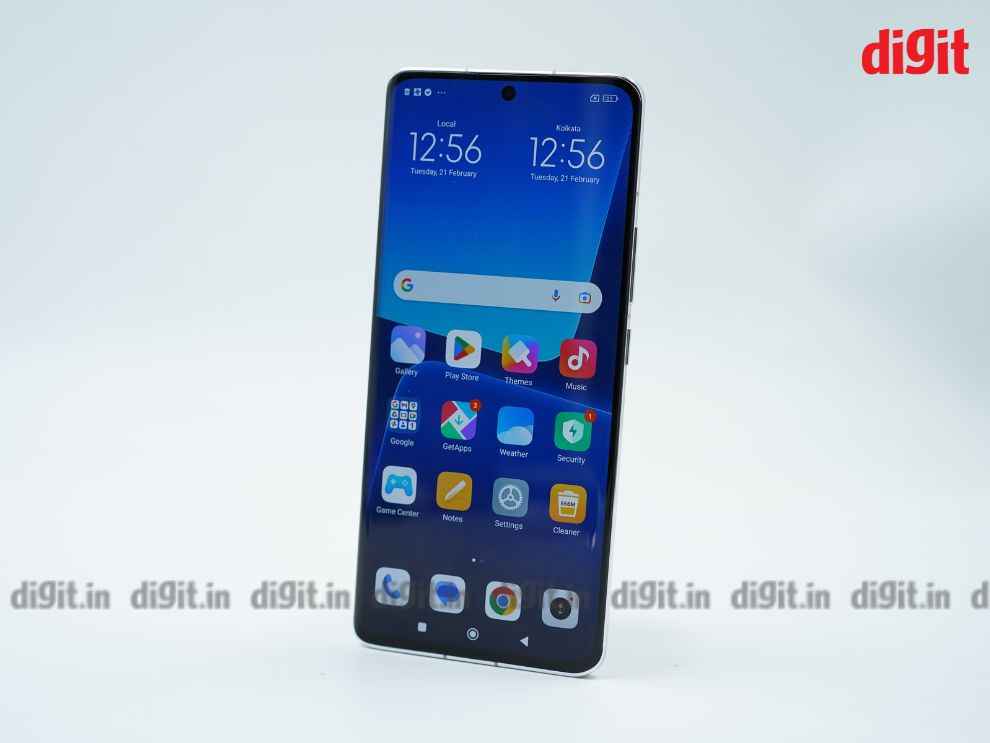
Overall, this is a good display. Details are crisp, colours are accurate, with enough brightness to use in all kinds of environments. With the 120Hz refresh rate, swiping through the UI and scrolling on other apps is also slick and very responsive.
Xiaomi 13 Pro: Performance and batteryComing to performance, this is where the Xiaomi 13 Pro shares a lot with other Android flagships of this year. The Xiaomi 13 Pro is powered by a Qualcomm Snapdragon 8 Gen 2 chip paired with up to 12GB of RAM. This time around, Xiaomi has also used a vapour cooling chamber, instead of the liquid cooling system on the predecessor, the Xiaomi 12 Pro. The performance numbers on the Xiaomi 13 are promising and the smartphone is right up there with its competition, in terms of performance.
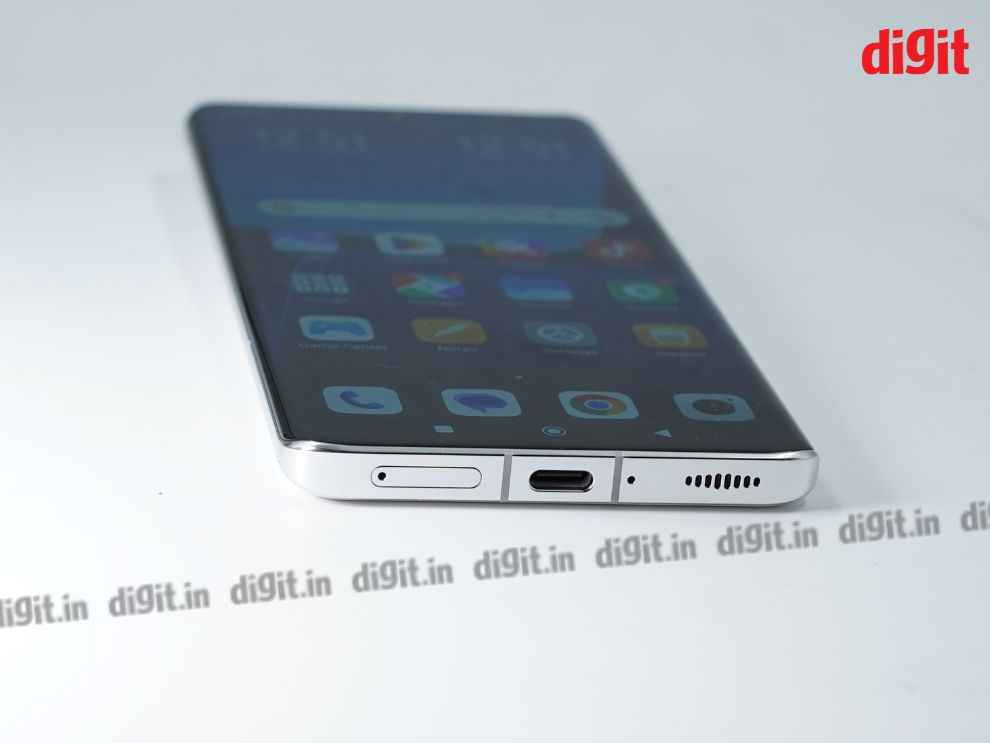
Benchmark scores include a 12,59,912 score on AnTuTu, which is the second-highest AnTuTu score on all smartphones powered by Qualcomm’s Snapdragon 8 Gen 2 SoC. The only 2023 flagship that scores more than the Xiaomi 13 is the iQOO 11, which scored 12,72,241 points on AnTuTu in our review. On Geekbench, the Xiaomi 13 Pro scored an impressive 1384 points in the single-core test, and 5153 in the multi-core score. On other benchmark tests like PC Mark Work 3.0, the Xiaomi 13 Pro scores 14,778 points, which is not the highest in the segment, but still a very good score in general.
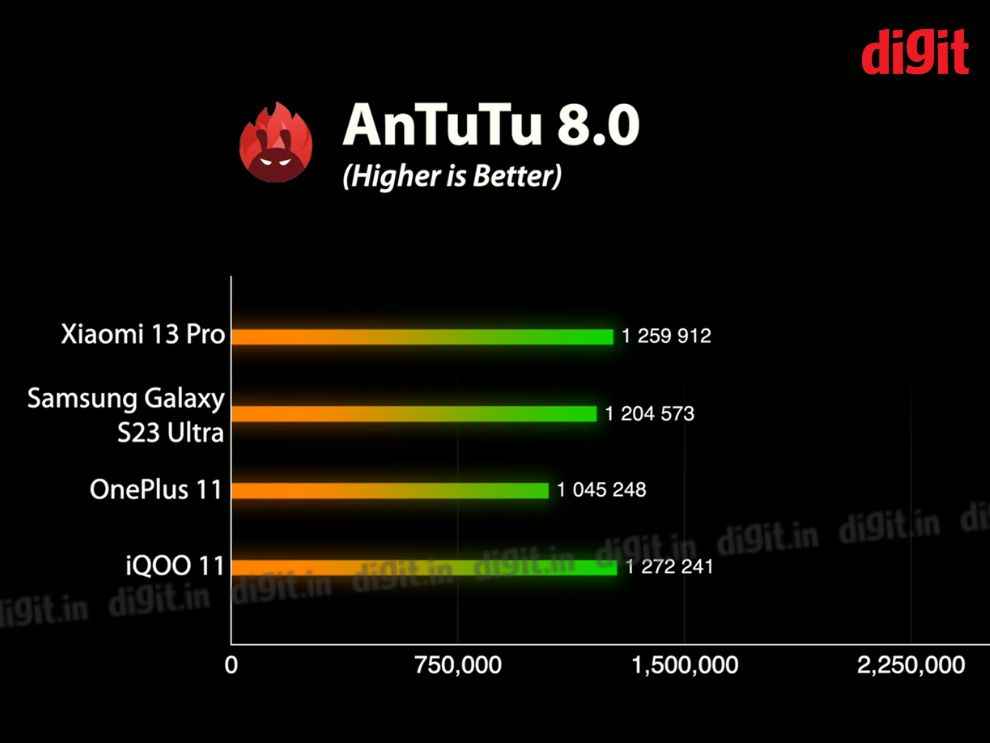
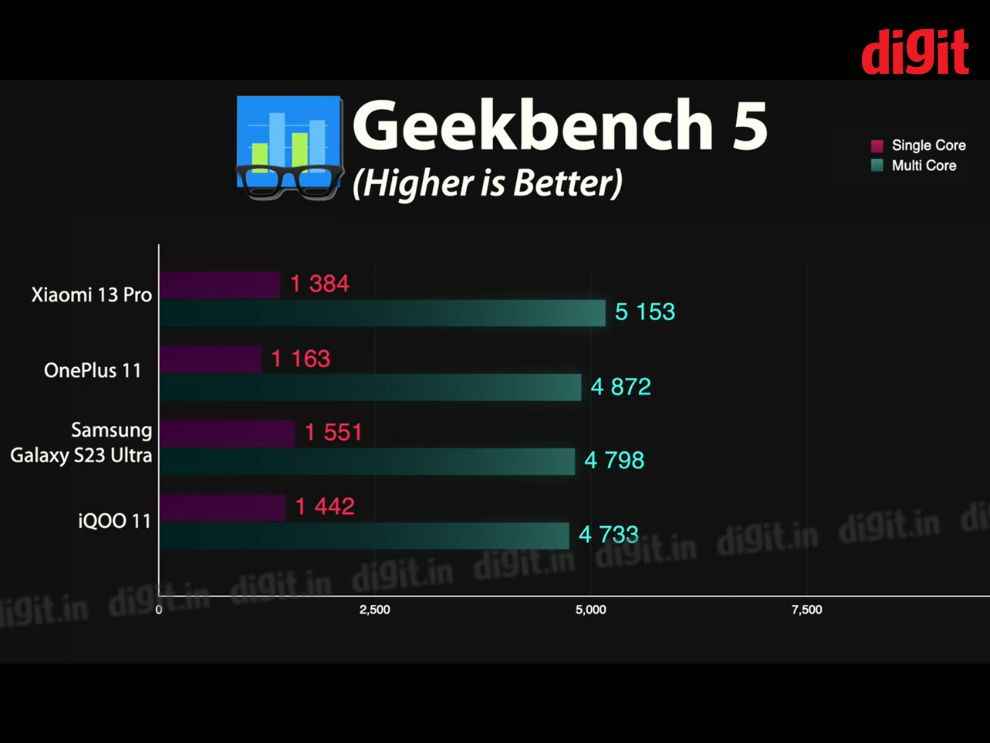
In a graphics-based benchmark test 3D Mark, the Xiaomi 13 Pro scored 3004 points, the lowest among the other Snapdragon 8 Gen 2-powered smartphones released in India. Further, on GFXBench, another GPU-based benchmark, the Xiaomi 13 Pro again scored well, showing the highest score in two out of three tests, as compared to other Snapdragon 8 Gen 2-powered smartphones.
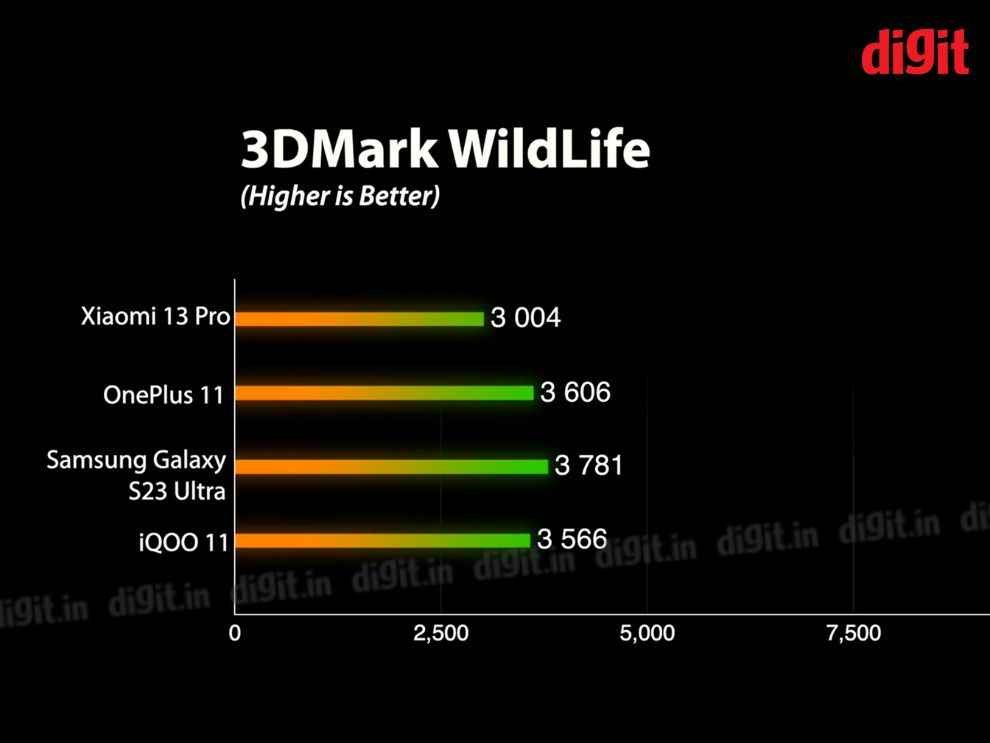
The Xiaomi 13 Pro’s UFS 4.0 storage is also quite fast. On the Androbench storage benchmark, the Xiaomi 13 Pro showed the fastest read and write speeds overall, but lagged behind the Samsung Galaxy S23 Ultra in random read speeds.
Apart from benchmarks, the experience of using the Xiaomi 13 Pro was also very snappy, and very fast. Be it gaming, day-to-day tasks, going through social media, or even using the camera, the overall experience of using the Xiaomi 13 Pro is nothing short of superior, just the sheer weight of this smartphone makes holding it for longer periods of time rather uncomfortable.
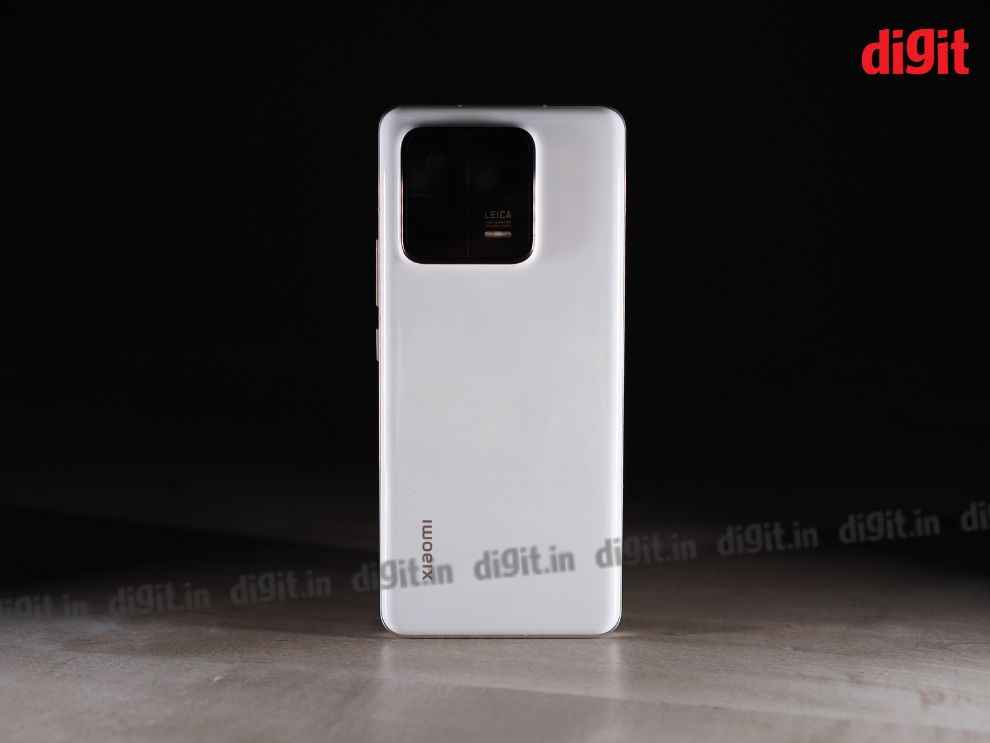
The gaming experience is also very good. The smartphone opens games as fast as you’d imagine on a smartphone, all games run on the highest-possible settings, and things are quite smooth. The smartphone also doesn’t heat up as much, so it seems that the new cooling system has worked for Xiaomi here. Further, the battery backup is pretty decent even while gaming. For example, during a 15-minute Call of Duty: Mobile gaming session, the Xiaomi 13 Pro only lost just 4 percent battery. Pretty good. The good display also enhances the experience. Graphics look good on this smartphone, and of course, the high frame rate is a sweet advantage.
On Gamebench, the Xiaomi 13 Pro gave a full 60 FPS frame rate with a stability of 100 percent on both the games we ran the benchmark on - Asphalt 9 and Call of Duty: Mobile. Now, while the Xiaomi 13 Pro offers great graphics and speed, the smartphone’s weight and the chunky camera module come into play again here. So much so that longer gaming sessions are tough on this smartphone.
The battery is also decent on the Xiaomi 13 Pro. As mentioned above, a 15-minute Call of Duty only drained 4 percent of the battery. A 30-minute video on YouTube on the highest supported resolution drained only 3 percent of the battery, and 1 hour of GPS navigation drained 5 percent of the smartphone’s battery. In the video loop test, where we play an HD video on loop till the battery dies from 0-100, the Xiaomi 13 Pro lasted 12 hours or 720 minutes, which is not too bad. In our video loop test, we also found out that the Xiaomi 13 Pro drains the battery a bit faster between the 75% to 20% band. While the battery backup is a bit confusing at the moment, the charging makes things good. The Xiaomi 13 Pro charges super fast with 120W fast charging. It took only 37 minutes for the smartphone to charge from 0-100. Very nice.
Overall, the Xiaomi 13 Pro is a brilliant performer. The smartphone did well in all benchmark tests, apps open and switch in a snap, games run smoothly and on full graphics, the smartphone doesn’t heat much, and you get decent battery backup with super fast charging. Very good. The only thing going against the Xiaomi 13 Pro here is its weight.
Xiaomi 13 Pro: CameraComing to the main thing here. The highlight of the Xiaomi 13 Pro. Cameras. The Xiaomi 13 Pro is the first smartphone in India to showcase Xiaomi’s partnership with German camera maker Leica. The smartphone sports a triple rear camera setup that houses a 50MP 1-inch Sony IMX989 sensor, along with a 50-megapixel telephoto shooter, and a 50-megapixel ultra-wide angle lens. Not only is this one of the best smartphone cameras in terms of image quality, there is also some very cool camera tech in this camera module.
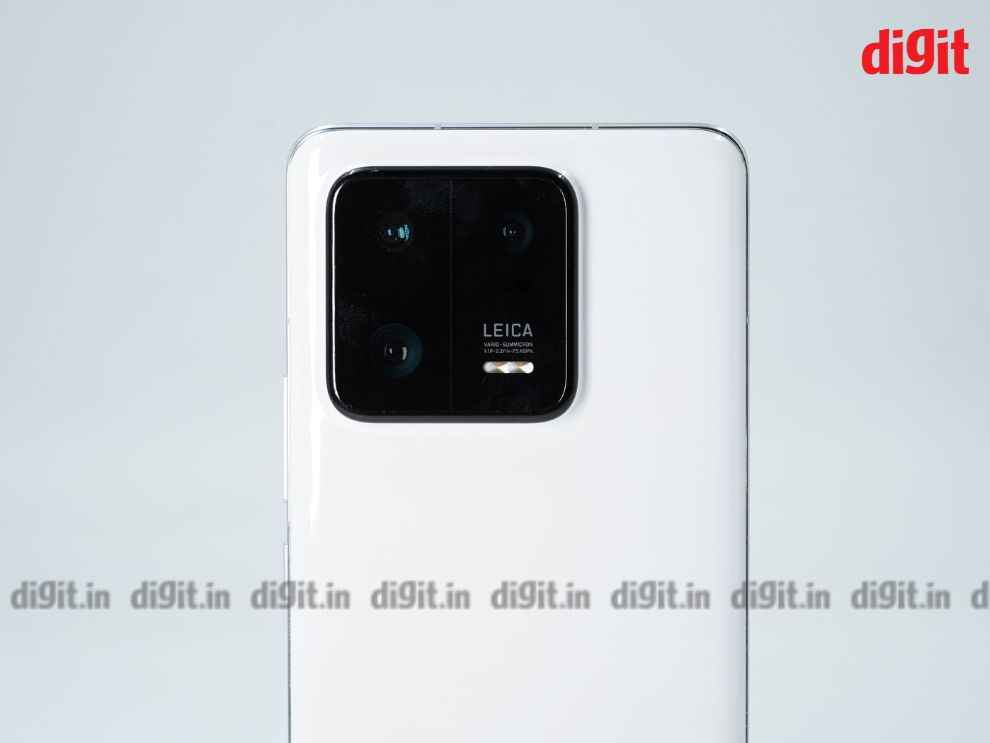
Talking about the photos of this camera, the Xiaomi 13 Pro’s primary shooter clicks wonderful images. The 1-inch allows an abundance of light in your pictures, so the details are just brilliant out of the primary shooter. Images are super detailed even in low-light conditions and in well-lit scenarios, the smartphone’s black-and-white images are epic. 1-inch shooter manages greys and dark shadows very well, even in low-light conditions. For example, in this image of a cycle, you can clearly see that even in low light, the image doesn’t lose any details. The light reflection, the patterns on the pillar (next to the cycle), and the shadows are all on point.
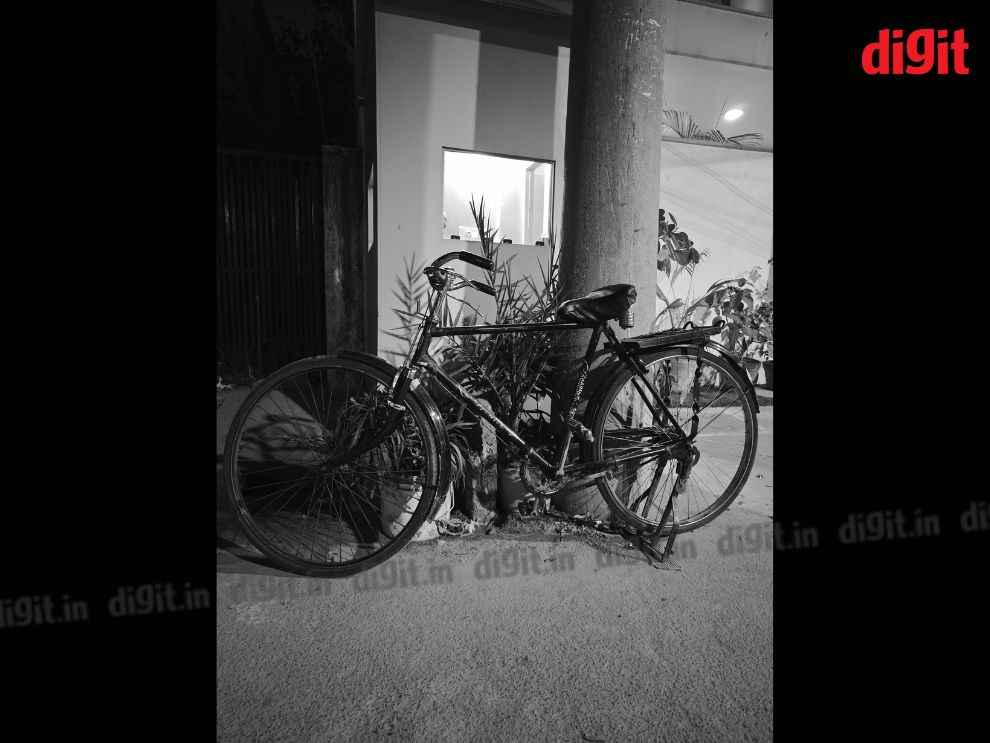
Even in close frames of subjects, the primary camera nails the details and textures of your subject. For example, this image is of a truck’s panel. Not only did the Leica-powered camera get the colours and reflections right, the details are absolutely stunning, and you can even see the dust patterns on this truck panel. Superb.

Of course, this is the same 1-inch sensor as the one we tried in the Xiaomi 12S Ultra last year, so the details and colours are brilliant, given the abundance of light that the Sony IMX989 shooter lets in. Like last year’s 12S Ultra, this one also puts out great images in black and white. I will surely find myself playing around with black-and-white images a lot.
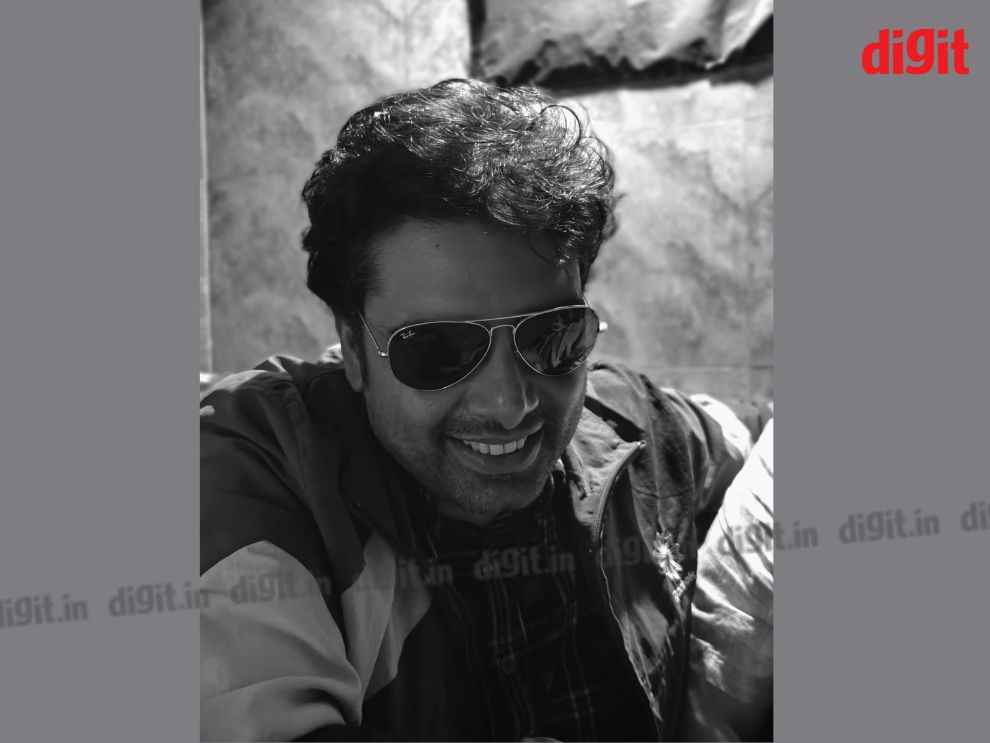
Coming to portraits, this is also where the Xiaomi 13 Pro does well. Now, as part of Xiaomi’s collaboration with Leica, the companies have enhanced the portraits on Xiaomi smartphones. We get four focal length options in the portrait mode. These include 35mm, 50mm, 75mm, and 90mm. In 35mm, the smartphone allows you to click black and white portraits from a certain distance. In 50mm, the focal length is smaller, meaning you won’t have to move closer to your subject. Here, however, you get a “swirly bokeh” effect. We have the 75mm portrait, which is your normal portrait and activates the 3.2x optical zoom, using the telephoto lens to click portraits. Lastly, we get the “soft focus” 90mm focal length, which also gets closer to the subject.
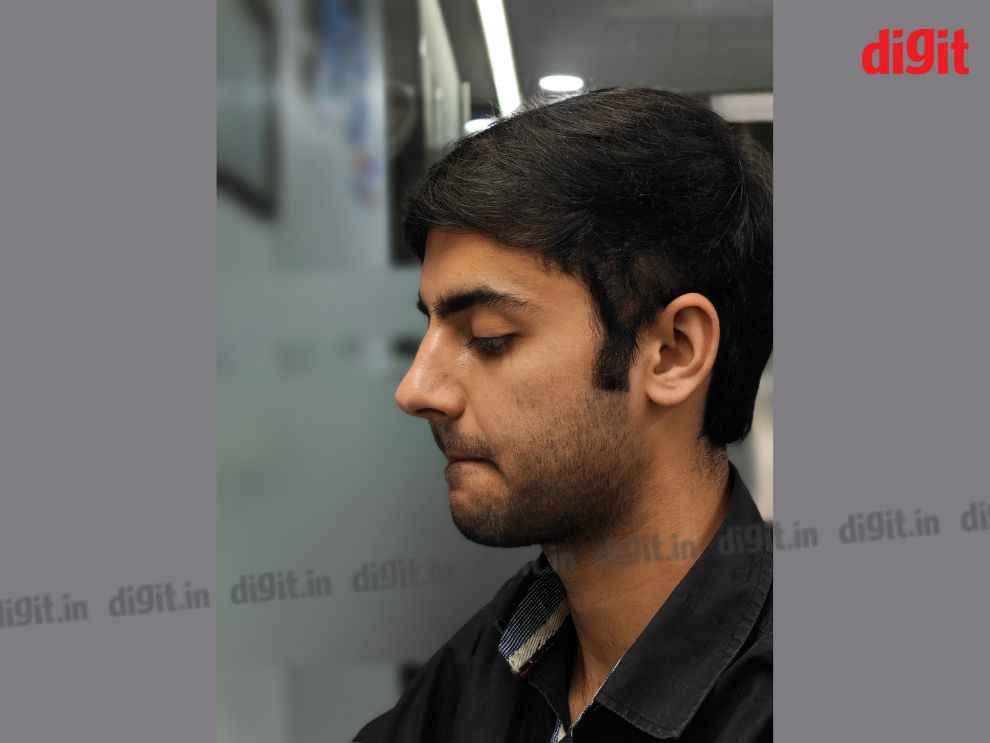
Images out of all these portrait mode options are pretty good. The 35mm black and white portraits are brilliant. The edge detection is great and the background blur gives a nice depth effect. The 50mm “swirly bokeh” effect adds a bit of a halo effect around the edges, which gives a very dramatic feel to your photos. Images in this mode look very good if you know how to play around with the Leica-Xiaomi features offered here.
The 75mm portrait is my favourite. This has the right focal length, and there is no B/W or swirly effects here, just plain and simple bokeh mode. The 90mm soft-focus portrait, on the other hand, is something that looks like it will be used the least, since the images don’t look sharp from this, like how they're supposed to.
While the edge detection and background blur are brilliant in portrait mode, there are times when the edges around the subject are slightly soft, and at times it doesn’t include minor details while focusing on the subject, but that is something that we see with pretty much every smartphone’s portrait mode and depends on the subject or the camera person's stability.
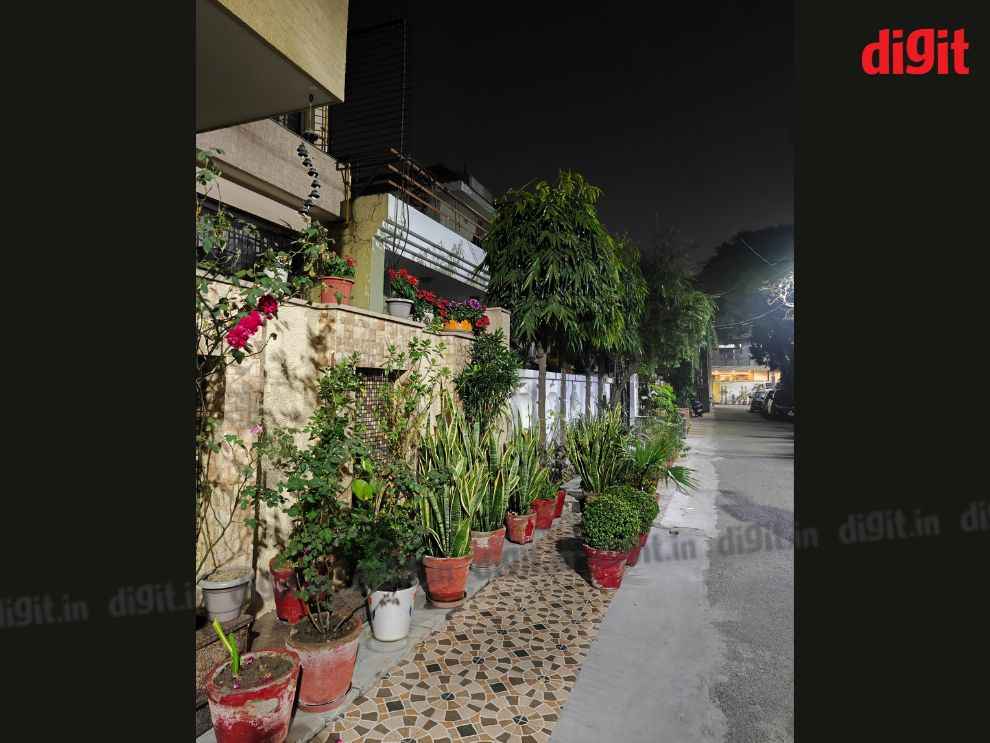
Further, this camera has a lot more trickery going around. For example, there are two colour profiles that you can select while using the primary shooter. These are Leica Authentic and Leica Vibrant. As the name suggests, the Leica Vibrant mode enhances the colours and highlights a bit, giving you a more vibrant or saturated image. In the Leica Authentic mode, on the other hand, you get more true-to-life images.
This time around, Xiaomi has also done something no other manufacturer has done with their camera. The telephoto lens on the Xiaomi 13 Pro has a ‘floating lens system’, which makes the lens move front and back, depending on if you are using it for zoom or for macro mode. Basically, this allows one single sensor to act as both the telephoto and macro shooter, which makes clicking macro shots the easiest I have seen on any smartphone. Just turn on the macro, and point your camera at the subject. The lens will move itself to give you the macro shot of your subject. Damn cool.
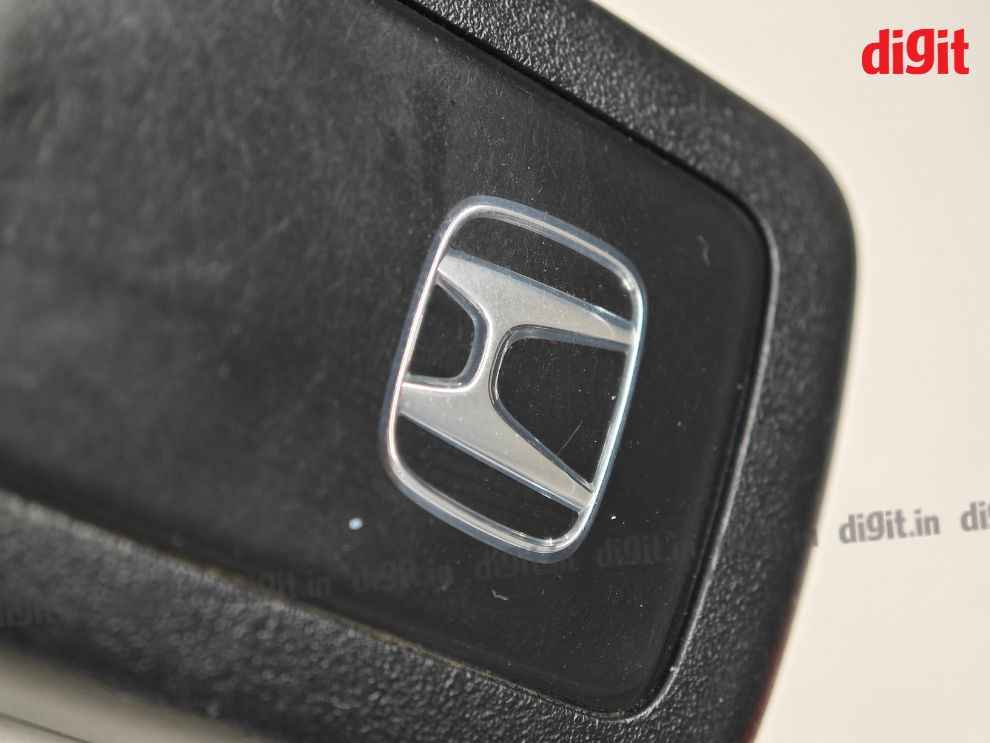
To conclude, this is a brilliant camera setup. The 1-inch sensor on the 50MP Sony IMX989 shooter is great. The images are super sharp and detailed in all kinds of light. The colours remain consistent when you switch from wide-angle to normal to telephoto so that’s good. Further, we get lots of cool camera tech to play around with. There are times when this camera misses like at times the portraits are soft around the edges, or the sharpness isn't on point all the time, but we can let that go easily, given how well it performs in every other scenario. The one drawback of this advanced camera setup is that this is the reason for this overly thick camera module.
Xiaomi 13 Pro review: VerdictSo the Xiaomi 13 Pro is the Chinese maker’s answer to iQOO, Samsung, and OnePlus in 2023 (with Vivo coming fast at it with the Vivo X90 series). The first Leica-branded camera smartphone from Xiaomi in India brings the company’s newly-established camera chops to our shores, along with the high-level performance that you’d expect from a flagship Android. This is also one of the first smartphones to come with a 1-inch type camera sensor, and the images are a great reflection of how that makes a difference.
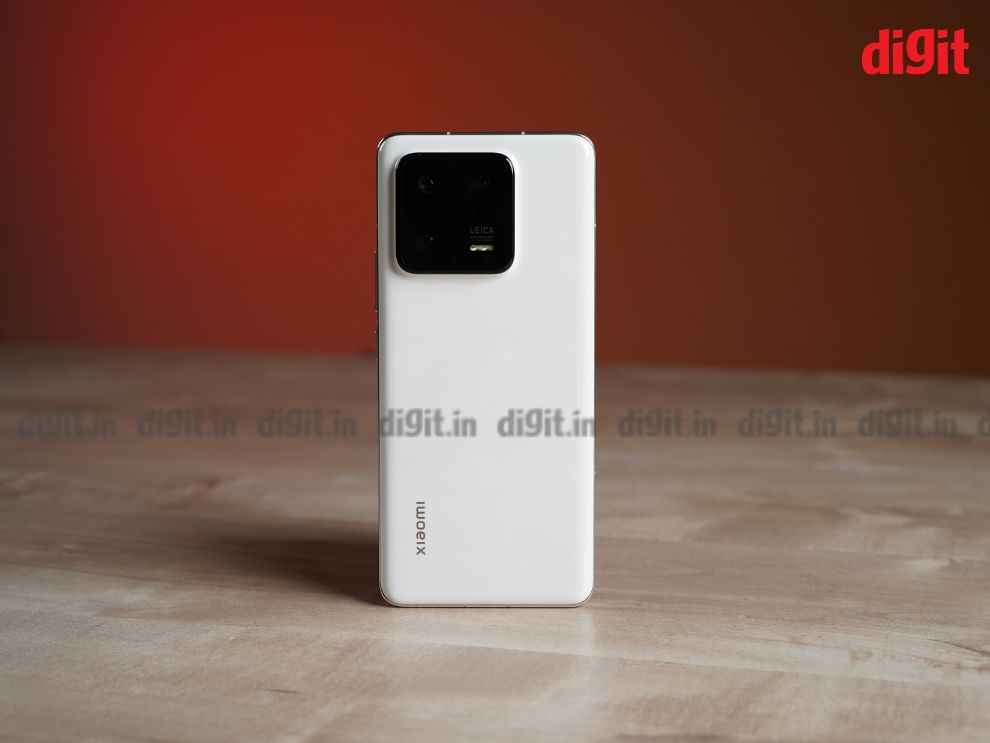
The Xiaomi 13 Pro is a flagship with no real weaknesses. The bleeding-edge specs give it enough juice to take on just about any smartphone out there, and the camera is right up there with the best. The look and feel of the smartphone is also super-premium, despite the heavyweight. It is a more well-rounded offering, while the iQOO 11 is more performance focussed. The Xiaomi 13 Pro will definitely take the fight to the Samsung Galaxy S23 Ultra, which was also recently launched with a huge focus on the camera. Same with the OnePlus 11 with its Hasselblad-tuned camera. But will the Xiaomi 13 Pro beat its most fierce competitors? Wait for our detailed comparison coming up next!
from Mobile Phones Reviews https://ift.tt/Hif27mq
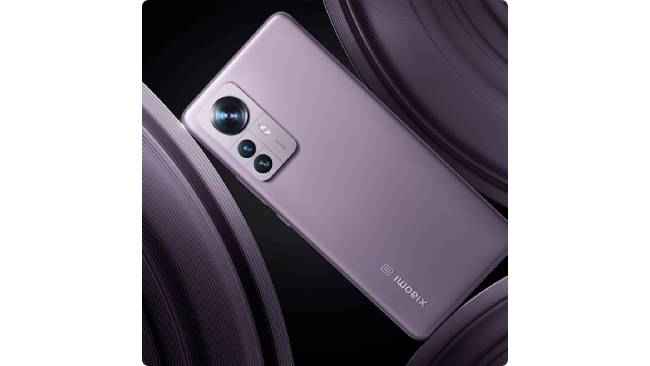
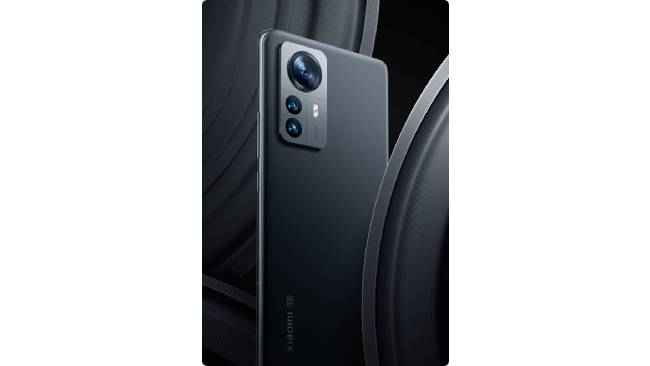
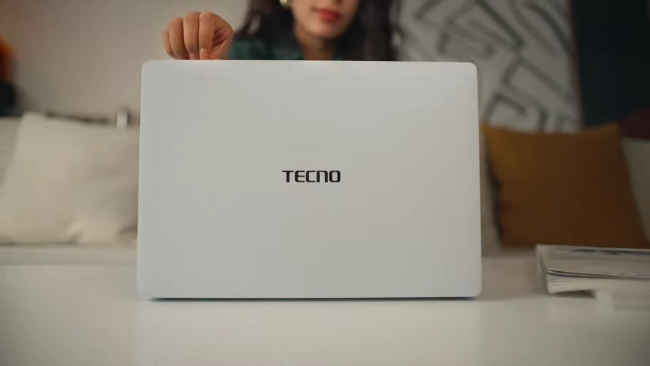
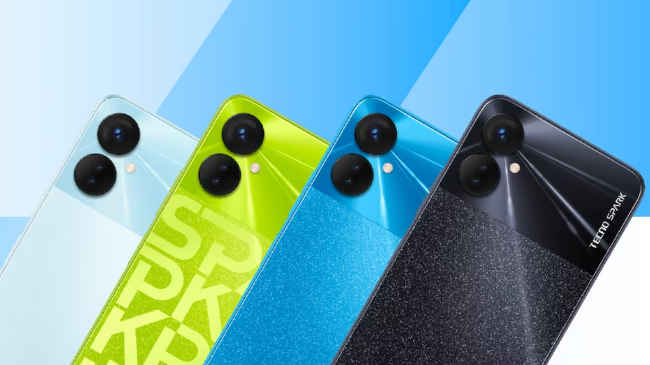
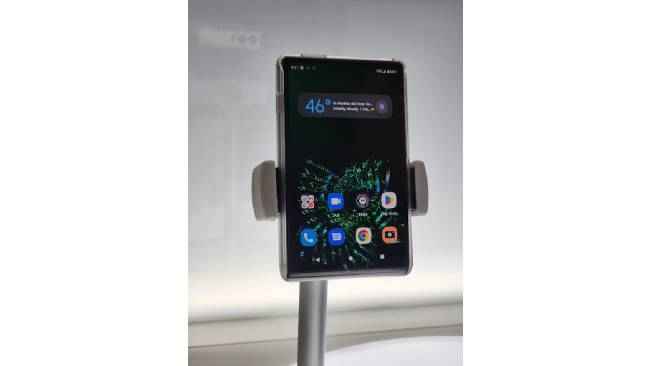
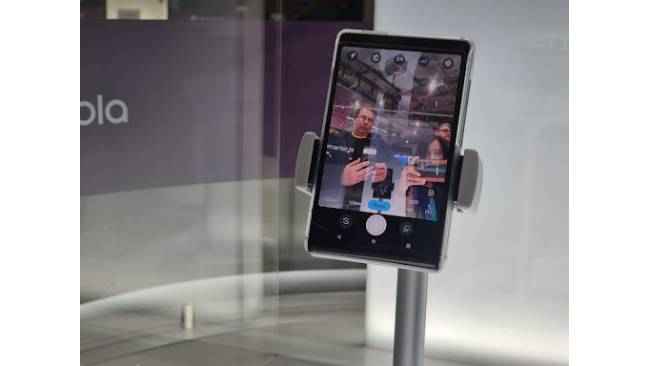
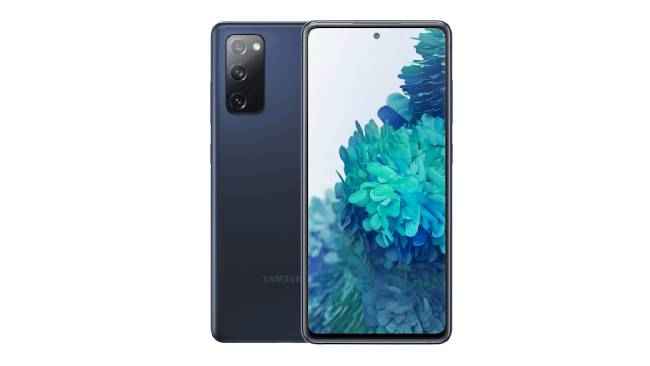
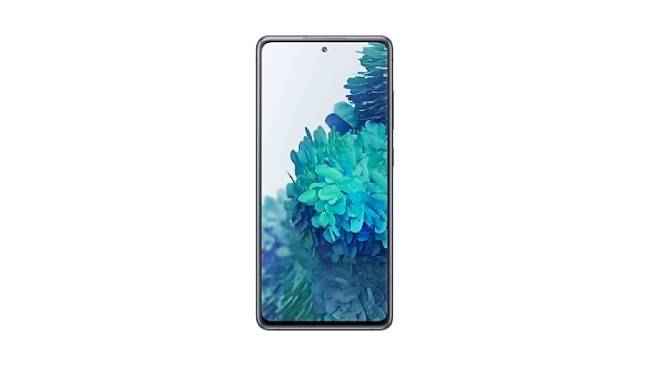 Samsung Galaxy S20 FE specifications Samsung Galaxy S20 FE is powered by the Snapdragon 865 chipset paired with 6GB and 8GB RAM. The phone runs on the Android 10 operating system but can be upgradable to Android 13. Samsung Galaxy S20 FE features a 6.5-inch Super AMOLED display with the support of a 120Hz refresh rate and HDR10+. Samsung Galaxy S20 has a triple camera setup holding a 12-megapixel primary camera, an 8-megapixel telephoto and a 12-megapixel ultrawide lens. On the front, it sports a 32-megapixel selfie shooter. Samsung Galaxy S20 packs a 4500mAh battery with 25-watt fast charging support.
Samsung Galaxy S20 FE specifications Samsung Galaxy S20 FE is powered by the Snapdragon 865 chipset paired with 6GB and 8GB RAM. The phone runs on the Android 10 operating system but can be upgradable to Android 13. Samsung Galaxy S20 FE features a 6.5-inch Super AMOLED display with the support of a 120Hz refresh rate and HDR10+. Samsung Galaxy S20 has a triple camera setup holding a 12-megapixel primary camera, an 8-megapixel telephoto and a 12-megapixel ultrawide lens. On the front, it sports a 32-megapixel selfie shooter. Samsung Galaxy S20 packs a 4500mAh battery with 25-watt fast charging support.

 LG LM562 81.28 cm (32 inch) HD Ready LED Smart WebOS TV with Dolby Audio
LG LM562 81.28 cm (32 inch) HD Ready LED Smart WebOS TV with Dolby Audio
